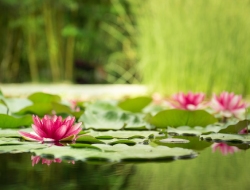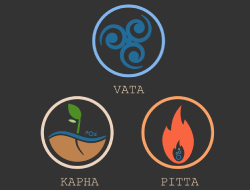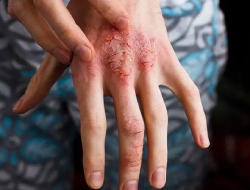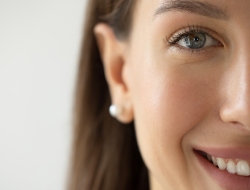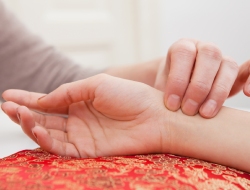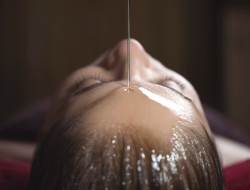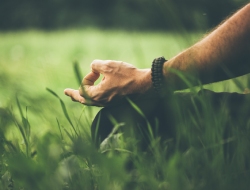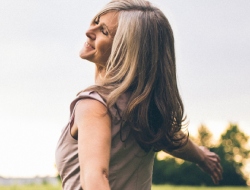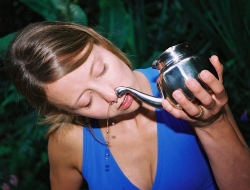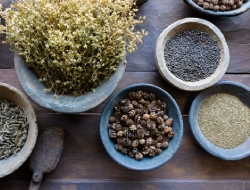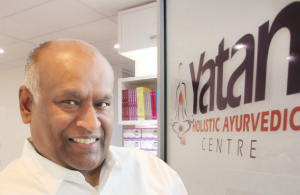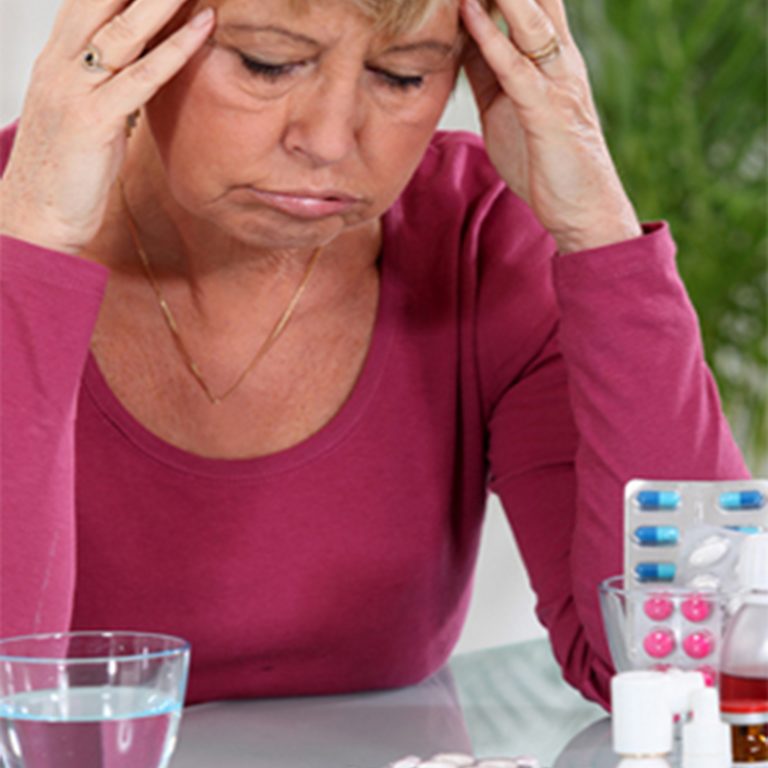Ayurvedic Treatment For Parkinson´s Disease
Parkinson’s Disease is a condition in which part of the brain becomes damaged over a period of many years. Many symptoms can result, the most common being involuntary tremor, slow movement, and stiff, inflexible muscles. Additional symptoms may include insomnia, depression, loss of memory or of the sense of smell, and constipation. Scientific research has identified a deficiency of the neurotransmitter dopamine and although no cure has been found, treatment often utilises a synthetic ‘precursor’ of dopamine, known as levodopa.
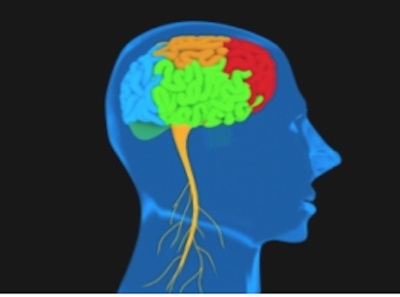
According to Ayurveda, the disorder Is the result of long-term Vata aggravation caused by a variety of lifestyle factors. The term Kampavata has long been used for the condition that causes any part of the body to tremble, for example, the head, the legs, or the arms. In fact, there is evidence that Ayurveda has for more than two thousand years treated the condition with the herb Mucuna pruriens, and this is the same plant from which levodopa has in recent times been synthesized. However, a study in 2004 at a leading London neurological center found that the natural extract was much more effective in treating the symptoms than the synthetic version. Also, for more than 1,000 years Ayurveda has found that the herb’s capacity to calm the symptoms is greatly enhanced by the addition of another herb – Tribulus Terrestris.
 Effective treatment, however, consists of much more than simply taking medicine and hormone deficiencies do take time to correct. Particularly when the condition has progressed beyond its primary stages it is vital to establish which organs have been affected by the aggravation of Vata. The adrenals will always require to be balanced and the biorhythms will generally be in need of correction. In all cases the priority is to balance Vata, focusing on diet and lifestyle
Effective treatment, however, consists of much more than simply taking medicine and hormone deficiencies do take time to correct. Particularly when the condition has progressed beyond its primary stages it is vital to establish which organs have been affected by the aggravation of Vata. The adrenals will always require to be balanced and the biorhythms will generally be in need of correction. In all cases the priority is to balance Vata, focusing on diet and lifestyle
Yogic exercises are excellent for biorhythmic balance, but when these are beyond an individual’s capability Pranayama will generally be recommended. Ujjayi or Brahmari Pranayama are two of the most useful exercises for balancing Vata and adrenals. Where possible, postures such as the Locust, the Cobra, and the Bow posture will be found beneficial. Details of these practices can be found in my two books, Yatan Yoga and Yatan Yoga Therapy. Warm, spicy food should be favored over anything cold.
The treatment of Parkinson’s through Ayurveda is an excellent example of the need for a holistic approach.

*Discover holistic healing with a complimentary phone or video consultation from our expert Ayurvedic practitioner. Start your path to better health today!*
